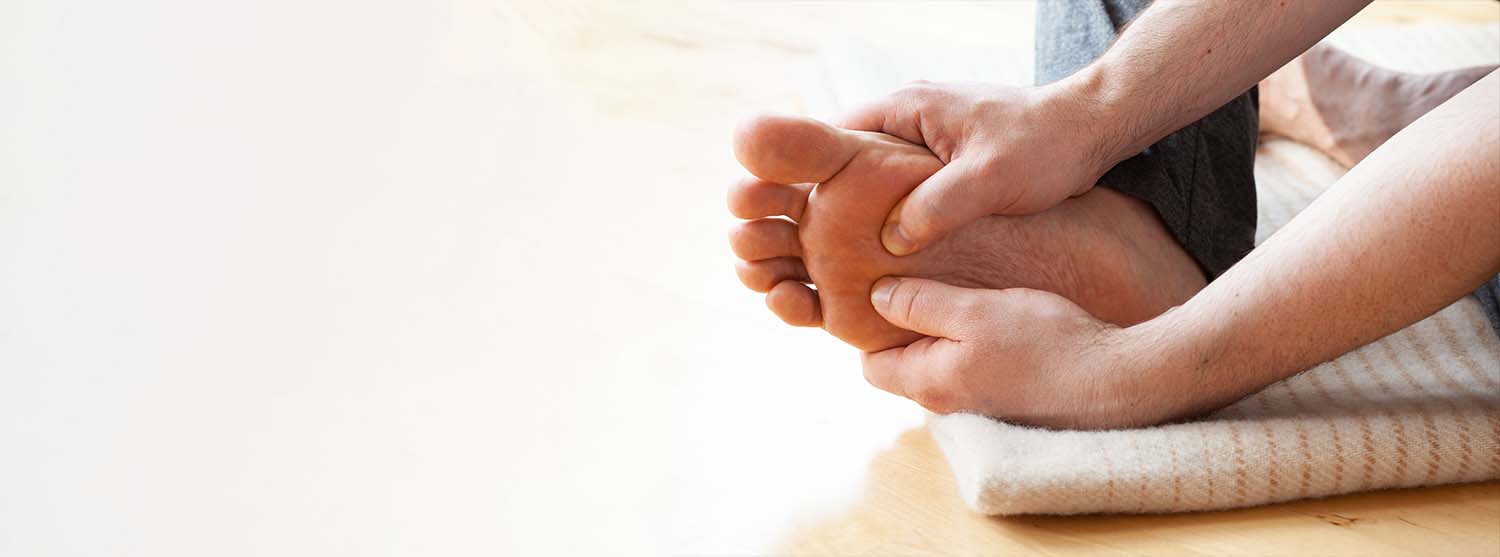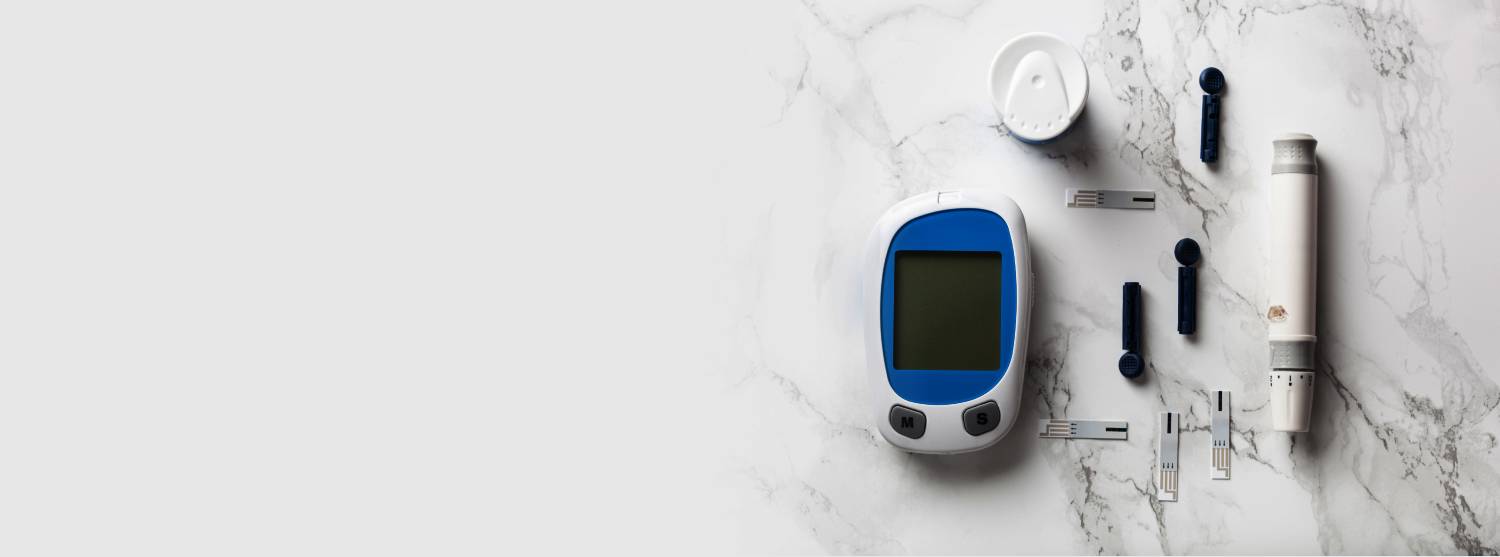- Home
- About Us
- Treatments
-
Acne and Excess Androgen Hirsutism Hypogonadism Male Sexual Dysfunction Male Infertility Learn about Obesity Treatment for Obesity Obesity in PregnancyLearn about Diabetes Mellitus Type1 Diabetes Mellitus Type2 Diabetes Mellitus Treatment for Diabetes Mellitus Diabetic Retinopathy Diabetic Nephropathy Preventive Podiatry (foot care) Insulin Pump Therapy CGM/Ambulatory Glucose Profile Diabetes Health Checks
-
- Our Doctors
- Our Centres
- Testimonials
- Contact Us


